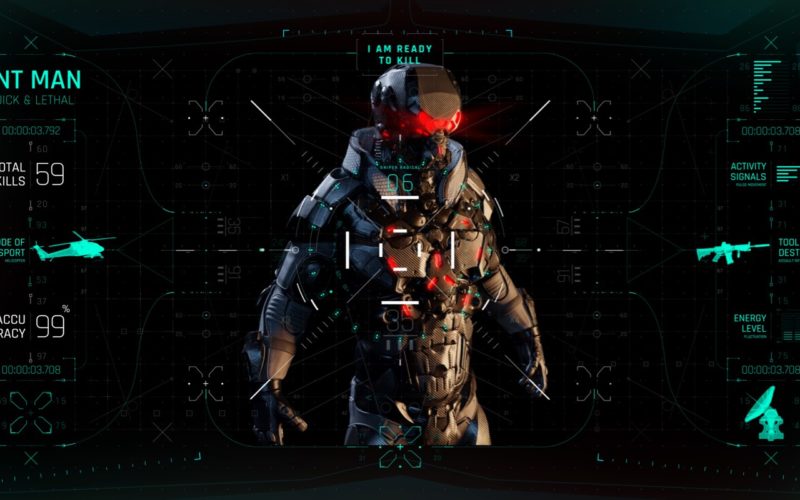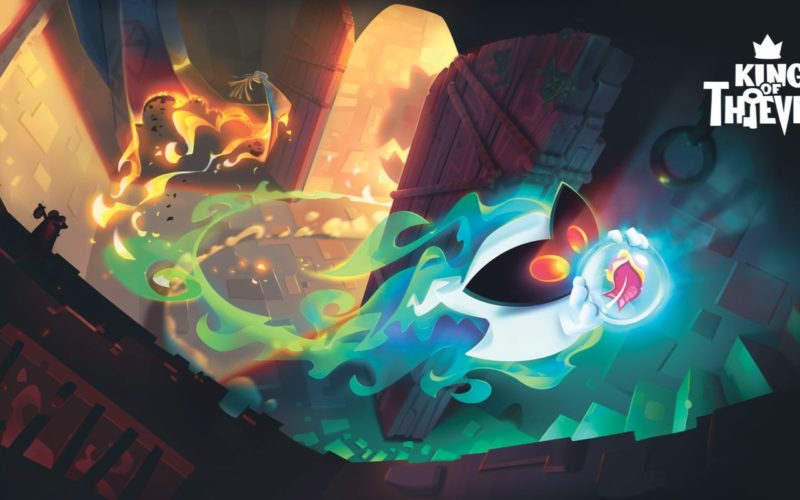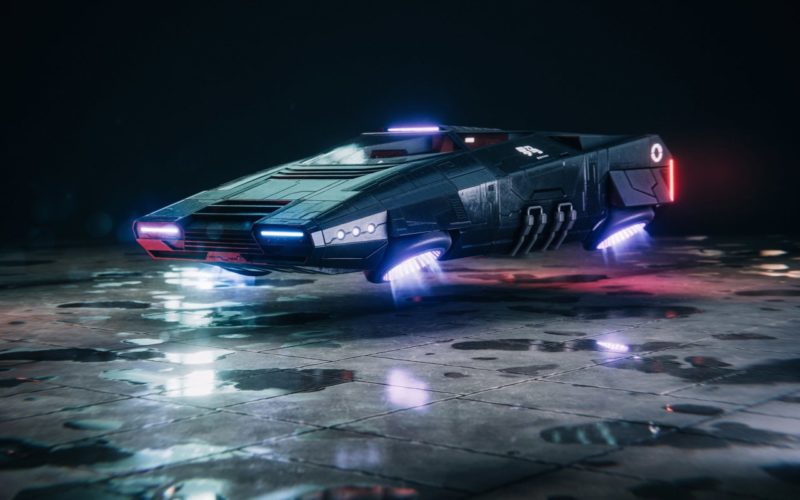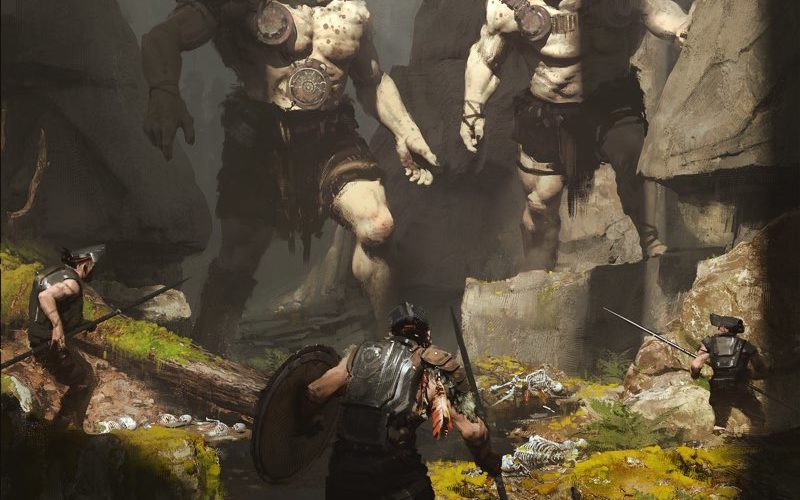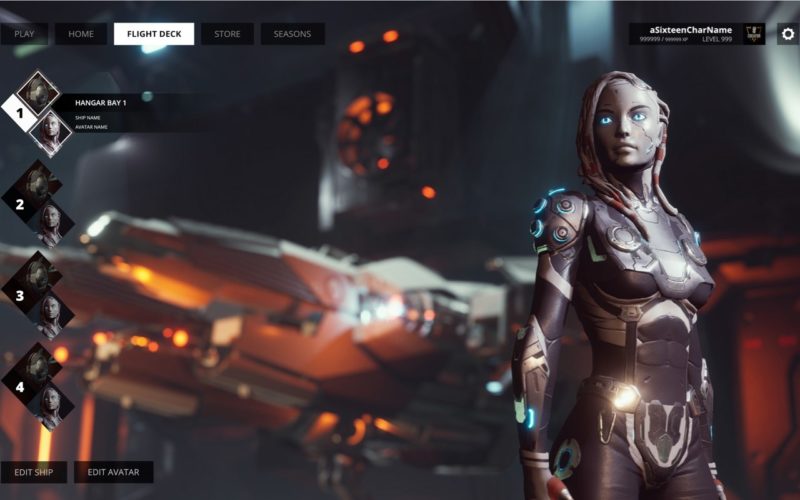“Game art design will always be based on the fundamentals of design such as dots, shape, line, colour, typefaces, etc. These will evolve and grow with the new technology and tools of the gaming world. So the next big thing is design for reality.”...
Shoaib Khan — Maxafter — Lahore, Pakistan
“Game art design will always be based on the fundamentals of design such as dots, shape, line, colour, typefaces, etc. These will evolve and grow with the new technology and tools of the gaming world. So the next big thing is design for reality.”...
Shoaib Khan — Maxafter — Lahore, Pakistan
“Game art design will always be based on the fundamentals of design such as dots, shape, line, colour, typefaces, etc. These will evolve and grow with the new technology and tools of the gaming world. So the next big thing is design for reality.”...
Nikita Bulatov — Moscow, Russian Federation
“Undoubtedly, high technologies play an important role in contemporary art. I hope that in the future there will be no boundaries between different programmes, because modern art is constantly becoming more complex. It is no longer enough to be just a good artist. You need to be versatile. A bit of a programmer, a bit of a game designer, a...
Beffio Studio — Poznań, Poland
“We don’t limit ourselves to only art concepts created by traditional methods, e.g. sketching. We try to challenge ourselves every day by trying new tools. We can create huge locations and have control over every aspect of the environment by combining our artistic expertise with technology and tools, custom scripts, procedural material creation, etc. As technology advances, graphic limitations are...
GAMEPACK Studio — Kiev, Ukraine
What will be the next big thing for Game Art Design? “We are moving forward and starting developing our own games and it requires a lot more work than just making beautiful art. We believe there should be some kind of harmony between all aspects of a game to give a player a high-quality experience from it, including its art....
Greg Danton — Five Jupiter — Vancouver, Canada
What would be the next big thing for Game Art Design? “I think that the software that artists get to use will continue to improve. I could see a virtual-reality art programme that really takes over as the medium that artists use to create.”...
Greg Danton — Five Jupiter — Vancouver, Canada
What would be the next big thing for Game Art Design? “I think that the software that artists get to use will continue to improve. I could see a virtual-reality art programme that really takes over as the medium that artists use to create.”...
Entei Ryu — Tokyo, Japan
“If the last big thing for game art design was the transition from traditional tools to digital media, then I think the next big thing will be the introduction of AI, interactive and procedural technology. Technology saves cost on projects, optimizes workflows, and frees designers from repetitive labour and unleashes creativity more efficiently. More daringly, I imagine that the design...
Patrick Bendermacher — Berlin, Germany
How does technology influence or expand your creativity towards Game Art Design? “For me as a UI designer, it really depends on the tools I am working with and what their limitations are. At the moment I am working a lot with Unreal Engine 4 and Affinity Designer. While Affinity Designer gives me the power to utilize Vector Graphics, I...
Patrick Bendermacher — Berlin, Germany
How does technology influence or expand your creativity towards Game Art Design? “For me as a UI designer, it really depends on the tools I am working with and what their limitations are. At the moment I am working a lot with Unreal Engine 4 and Affinity Designer. While Affinity Designer gives me the power to utilize Vector Graphics, I...
Arvydas Brazdeikis — Lithuania
What would be the next big thing for Game Art Design? “First, a turn to more fleshed-out nu-skeuomorphic design in big titles, as a response to a lengthy period of minimalism. Every next art trend seems to be born as some sort of counter-movement to what came before. Second, that early 2000s look, a so-called ‘Y2K’ design, might experience a...


